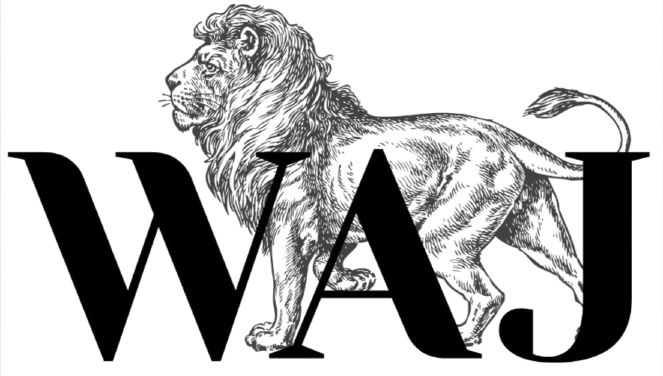South Africa’s annual inflation rate dropped sharply to 2.8% in October, marking the lowest level since June 2020, with falling fuel prices being the main driver behind the slowdown. The data, released on Wednesday, paves the way for another interest rate cut by the South African Reserve Bank (SARB) later this week.
According to Statistics South Africa, the key factor behind the decline from 3.8% in September was the substantial reduction in fuel prices. The October figure is the lowest recorded since the height of the COVID-19 pandemic, when inflation also reached historic lows.
Independent economist Elize Kruger explained that October typically sees lower inflation, but the impacts of fluctuating food and fuel prices were more pronounced this year. “Fuel and food prices have a greater influence in October, a month traditionally associated with lower inflation,” Kruger noted.
In October, government-regulated petrol and diesel prices fell by more than one rand per liter, contributing significantly to the overall drop in the inflation rate.
While economists had expected inflation to ease to 3.1%, the actual figure came in well below the South African Reserve Bank’s 4.5% target, though still within the bank’s acceptable range of 3% to 6%.
The South African Reserve Bank is set to announce its interest rate decision on Thursday, with a 25 basis points cut widely anticipated. This follows a similar move in September, marking the first rate reduction in over four years. Analysts predict that the SARB will maintain a cautious approach to monetary policy, particularly amid recent rand depreciation.
“Given recent SARB statements and the ongoing weakness of the rand, a 25 basis points cut remains the most likely scenario,” Kruger added.

